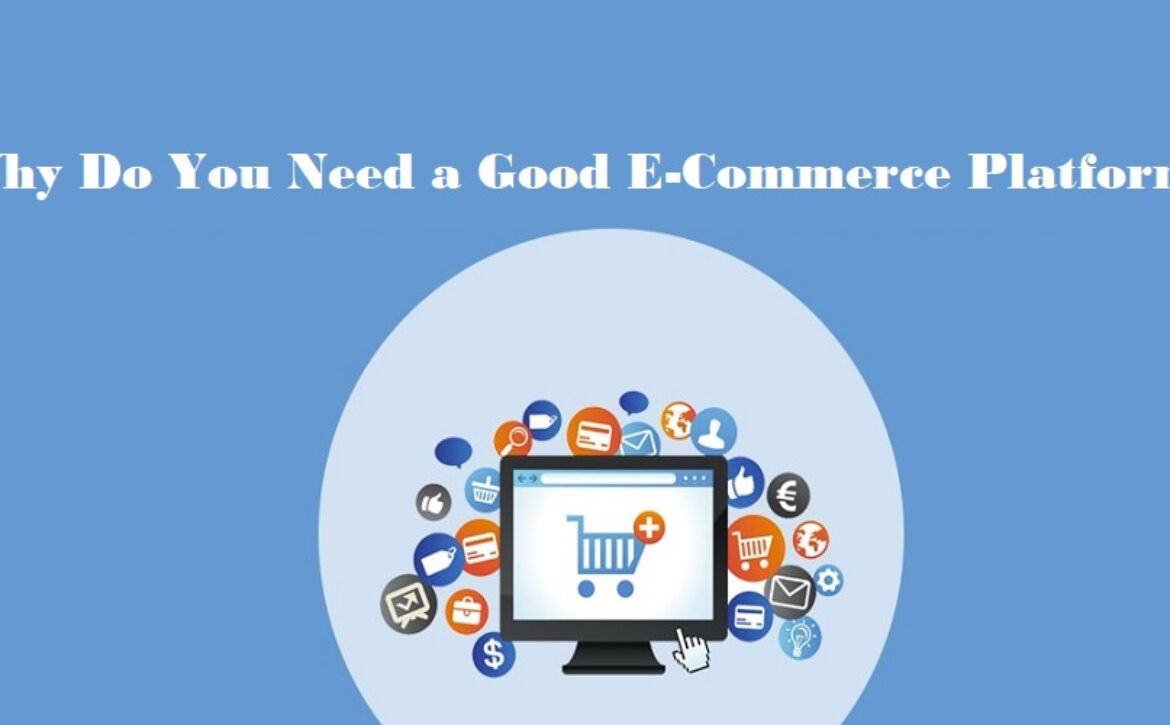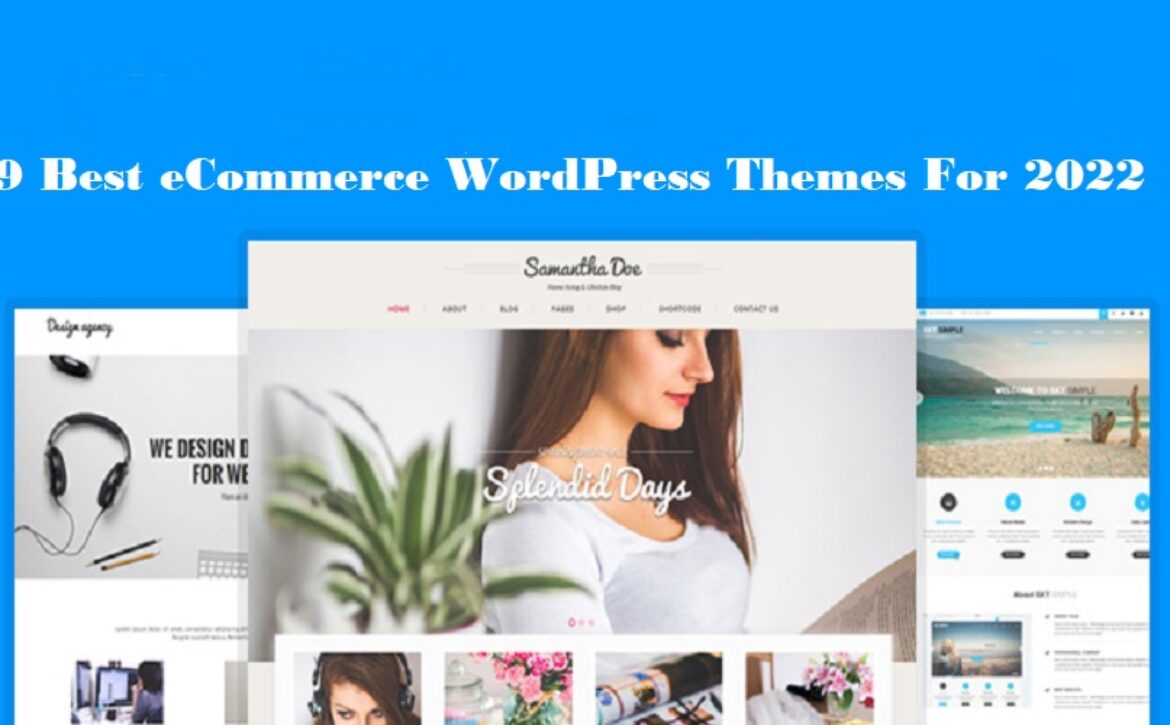Top 10 Frameworks for Hybrid Mobile Apps Development
It’s no secret that hybrid mobile app development is the industry’s rising trend. In today’s market, hybrid mobile app development is becoming increasingly popular. When you have decided to develop hybrid apps, the next important step is choosing an advanced quality mobile app development framework that will assist you well. Choosing the best app framework can be confusing, and options are many on the market, and it might get tricky. We are here to help you in this!
This article shows you the top 10 frameworks for hybrid mobile app development. With the list, you can pick the proper framework for your hybrid app!
What is Hybrid Mobile App Framework?
Hybrid app development is defined as the development approach focused on building cross-platform apps that work smoothly on several platforms. Hybrid Mobile App frameworks, which have a single code, help create these apps. It is a cost-effective, efficient method to build apps that are compatible with diverse platforms.
1. Flutter
Flutter is quickly asserting itself as one of the most sought-after hybrid mobile app development frameworks. It provides a unique level of cross-platform capability that no other framework can match. Flutter has a hot reloading feature that allows the developer to observe changes to the program right away. There are a variety of customizable widgets available, as well as the option to design your own. Flutter is the most compatible with a variety of operating systems. Flutter supports hot reloading, allowing for quick code creation.
Flutter is a Google UI framework that makes creating and launching beautiful mobile apps simple. The apps created with Flutter effortlessly adjust to various screen sizes. Make sure you check this hybrid app development framework!
2. React Native
React Native is arguably the leading hybrid app development service in the market at the moment. Time and time again, it has proved its efficiency by helping create complex and functional apps. React Native is easy to update and improve due to its intuitive modular architecture. It has live and hot reloading, making it easier to analyze the effects of code changes. Codes that have been used can be reused across the iOS and Android platforms with React Native. Reusing codes will result in a 40 percent reduction in overall expenses.
Because of its popularity, it has the largest community. Application development takes less time with React Native. Its popularity is rising daily, and most businesses are using it to create the most remarkable mobile apps. If you want the most outstanding results, go with the best hybrid app development services provider. Make the intelligent choice with React Native!
3. Ionic
When you use Ionic, you have the advantage of only having to create once, and then exporting your app to all of the supported platforms is only a matter of time. It is made up of a large number of UI components that are needed to create an appealing user interface. Ionic has the most exemplary built-in material design support. It utilizes well-known technology, reducing the expense of employing specialized developers. The procedure of app testing is simple with Ionic.
Ionic is a hybrid approach for excellent user experience. The framework allows you to write code once and run it anywhere. The Ionic framework features a large community committed to growth and development.
4. Xamarin
Xamarin provides the most satisfactory performance and efficiently develops, tests, and monitors mobile apps. Microsoft has always given Xamarin a lot of support, and it has a lot of complex tools. Xamarin allows you to create universal apps that can operate on various devices. It has a convenient testing function. The bulk of the code may be used on both iOS and Android. Xamarin has an entire collection of tools for developing mobile apps. They also offer testing tools.
Xamarin has a wide range of advanced features and varied functionalities. Updates, testing, and maintenance are all simple with Xamarin. It receives the most exemplary hardware support, which aids in using plugins and APIs to provide the best functionality.
5. NativeScript
NativeScript enables the creation of both mobile and web applications from a single code base. CSS, HTML, and JavaScript, making it developer-friendly, are among the technologies used in NativeScript. NativeScript is frame-agnostic, which means it can be used with any JavaScript framework. NativeScript mobile apps are entirely native apps that use the same APIs as those created in Xcode or Android Studio. You’ll receive a platform-native UI without the need for WebViews. NativeScript allows for the rapid and easy creation of appealing HTML5 hybrid apps. And it’s designed to run smoothly on a wide range of devices. It will enable developers to write code once and run it on several platforms.
6. PhoneGap
PhoneGap is an open-source mobile app development framework that is generally regarded as the most user-friendly cross-platform framework. It is considered to be the quickest framework for creating mobile apps. Reusability of code comes in very handy when you’re building a hybrid app. Android, iOS, and Windows 7 are all compatible with it. The aspect of designing gets easier using PhoneGap.
It’s a rapid development framework for creating apps in a short amount of time. It’s a framework that is easy to navigate by beginners, and PhoneGap has a quick testing process as well. In short, it’s a robust framework you should definitely try!
7. Mobile Angular UI
Mobile Angular UI is a high-performance, open-source app development framework and is the most used framework across phones and other devices. It offers a number of components and UI elements with customizable functionality, which aids in creating a high-quality mobile app that looks and feels like a web app. What’s better? It’s free to use and is suited to work with several code editors. For rapid and seamless upgrades, an Angular CLI (Command Line Interface) is also available. It’s overall more efficient than other frameworks.
Create dynamic apps with mobile Angular UI!
8. Onsen UI
Onsen UI is a user interface framework that makes constructing HTML5 hybrid mobile apps simple. Since Onsen UI is JavaScript framework agnostic, developers may build apps using JavaScript framework or other frameworks. The framework offers automatic styling and a wide variety of UI components created exclusively for mobile applications.
With a wide assortment of components. It’s simple to learn, thanks to the numerous accessible teaching aids. Onsen UI can easily create complicated apps in less time. This framework is also jQuery and AngularJS compatible and developed to function smoothly on a wide range of devices.
Onsen UI is best known for simplifying the process of creating visually appealing, practical apps.
9. Kendo UI
Kendo UI has asserted its position as the most trustworthy choice for building hybrid apps. Kendo UI is a JavaScript toolset that includes everything you need to develop quick, rich, interactive, and responsive web apps in one package. The library has a wide range of components to build your app effectively. Kendo UI can provide you with a broad array of UI components for JavaScript. It also hosts an in-built theme builder to customize themes and more. It’s easy to pick up and is free to use. Don’t forget to check it out!
10. Framework7
Framework7 is a high-quality, open-source HTML framework that helps build hybrid apps. It’s convenient and comfortable to use. Framework7 offers numerous widgets and elements to furnish the app with. As compared to other frameworks, Framework7 is relatively independent as it has no external dependency and helps build apps with a native feel to it. It’s easy to tailor the widgets and the app as per preferences.
It’s considered to be the most stable framework. To create dynamic, progressive apps with a native feel to them, opt for Framework7!
CONCLUSION
The choice of framework is crucial in developing an app. No framework is perfect, and each has its own benefits and pitfalls. Be careful while picking one. We hope you have an idea about Hybrid mobile app frameworks now! This list is sure to help you take an informed decision.


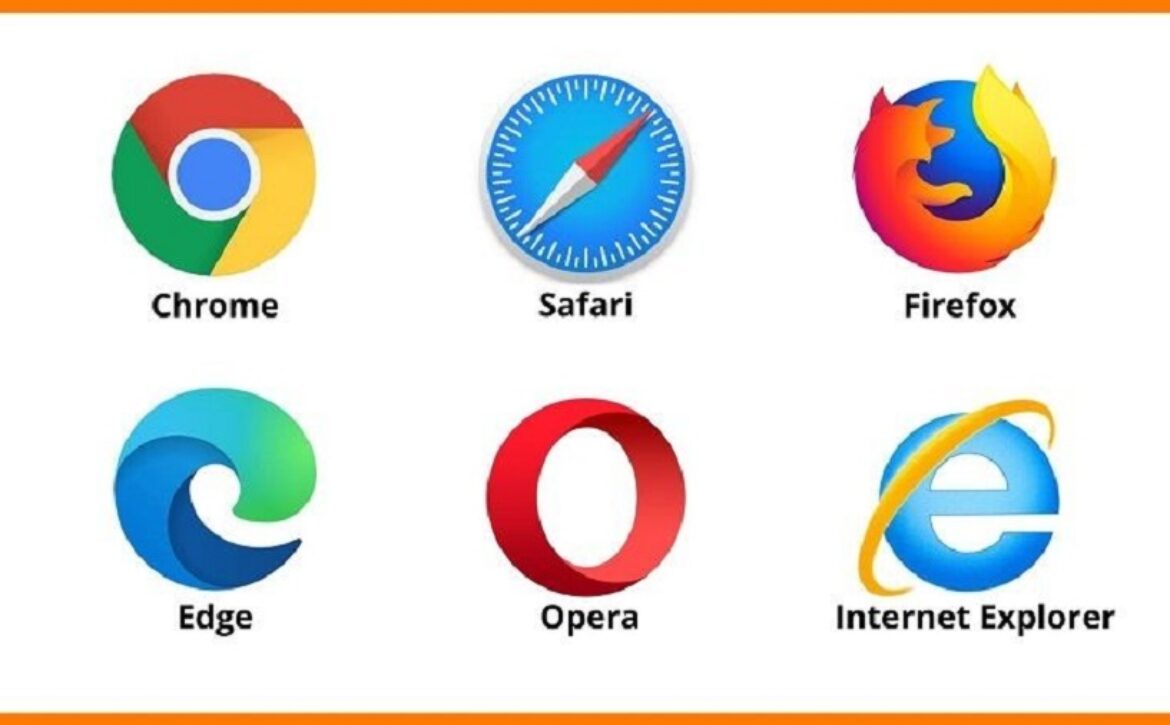
 Role of a Web Server:
Role of a Web Server: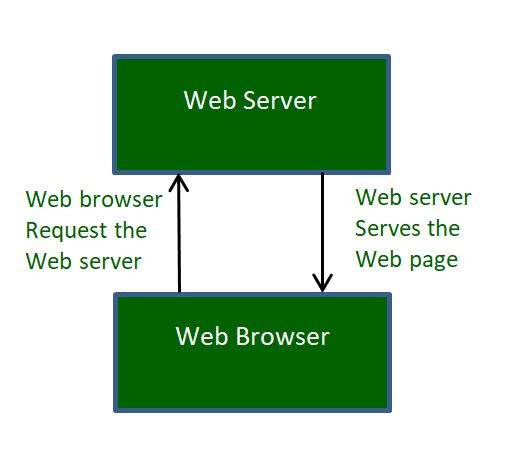 A web server is responsible for showing web content to the users via processing and sharing web pages. It manages and enables web users to find hosted files, including hypertext transfer protocol components. It acts under the client-server model and sends a request to a resource from a server program.
A web server is responsible for showing web content to the users via processing and sharing web pages. It manages and enables web users to find hosted files, including hypertext transfer protocol components. It acts under the client-server model and sends a request to a resource from a server program.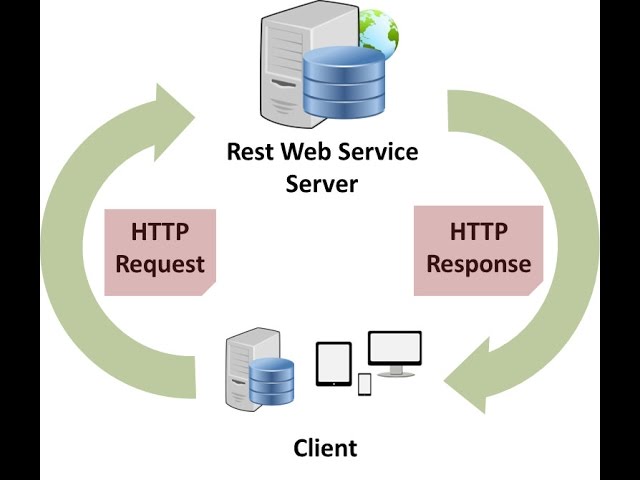 A static web server includes HTTP software and a PC that returns the website’s file to the relevant web browser. A dynamic web server checks the hosted files and updates them through an HTTP server before sharing them. You may ask the web hosting provider to run the servers smoothly and this process includes caching, performing backups, and security maintenance.
A static web server includes HTTP software and a PC that returns the website’s file to the relevant web browser. A dynamic web server checks the hosted files and updates them through an HTTP server before sharing them. You may ask the web hosting provider to run the servers smoothly and this process includes caching, performing backups, and security maintenance.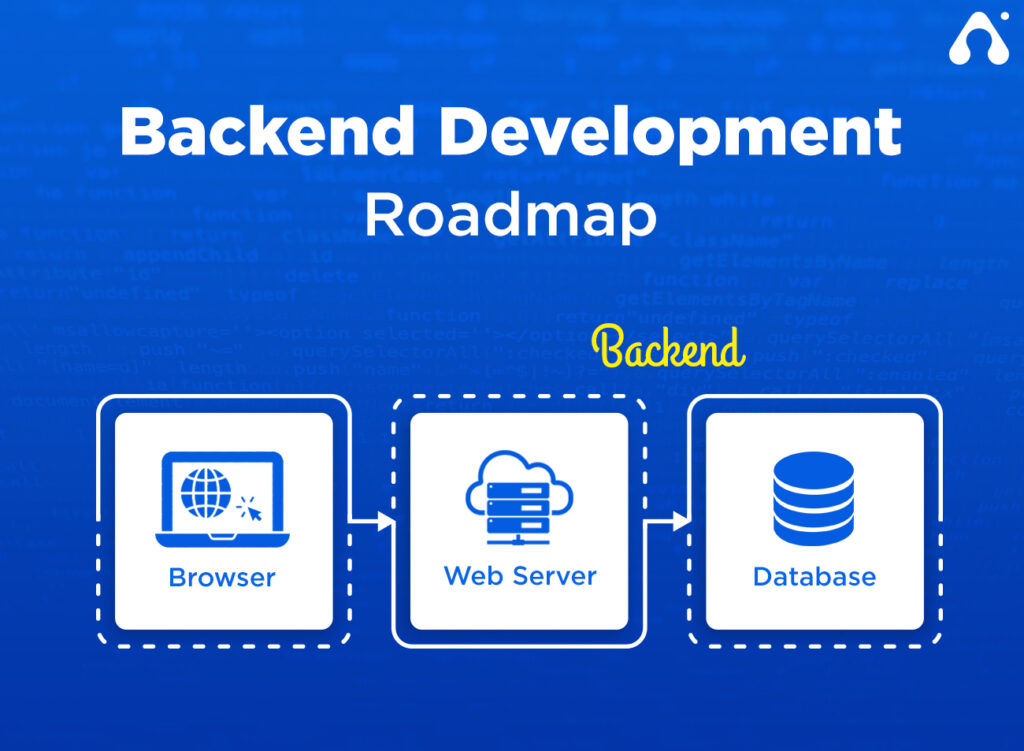 => Back-end Web Development
=> Back-end Web Development => Web Programmer
=> Web Programmer => Webmaster
=> Webmaster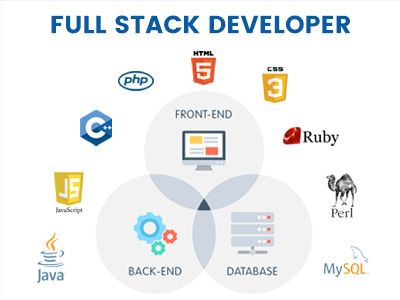 => Full-stack Web Development
=> Full-stack Web Development
